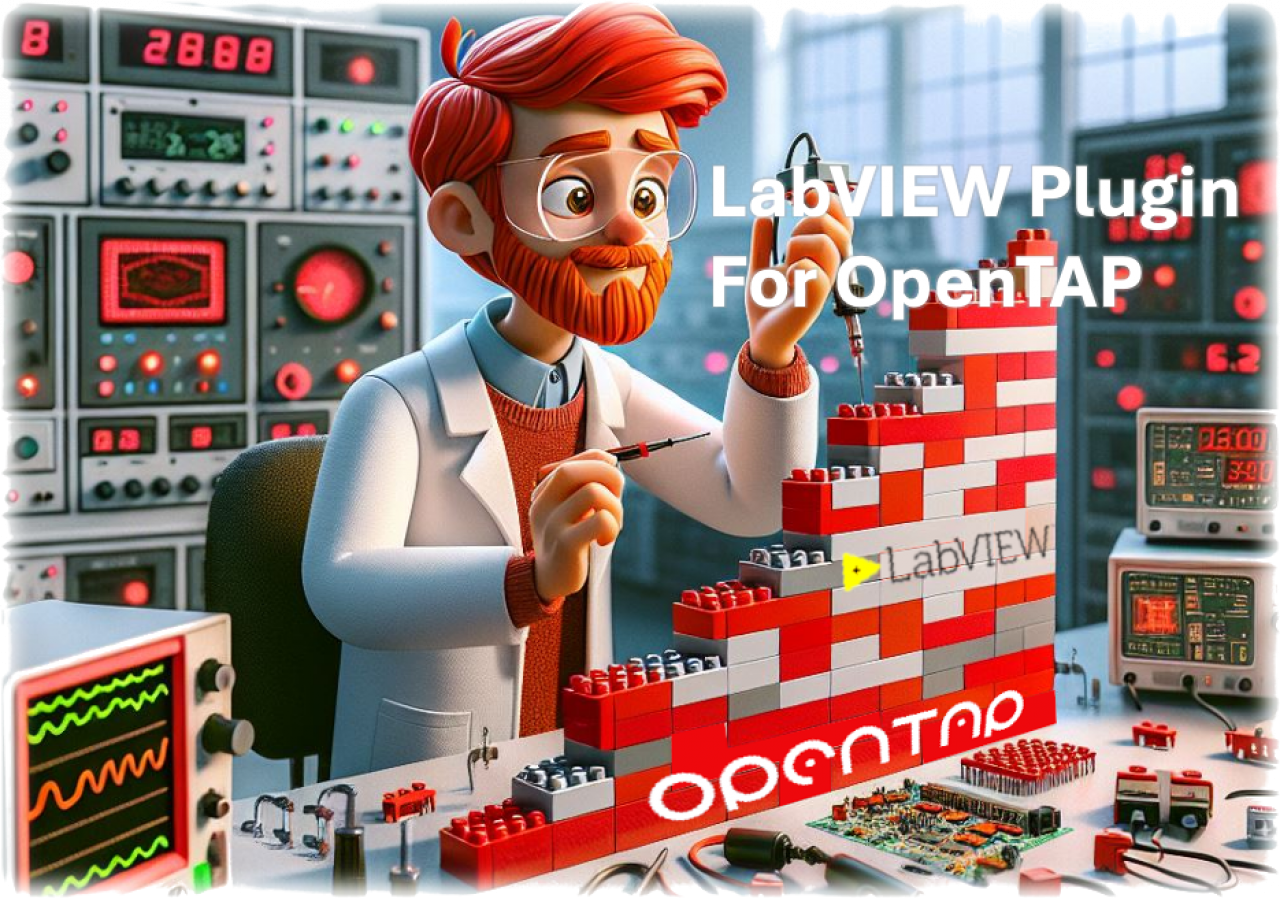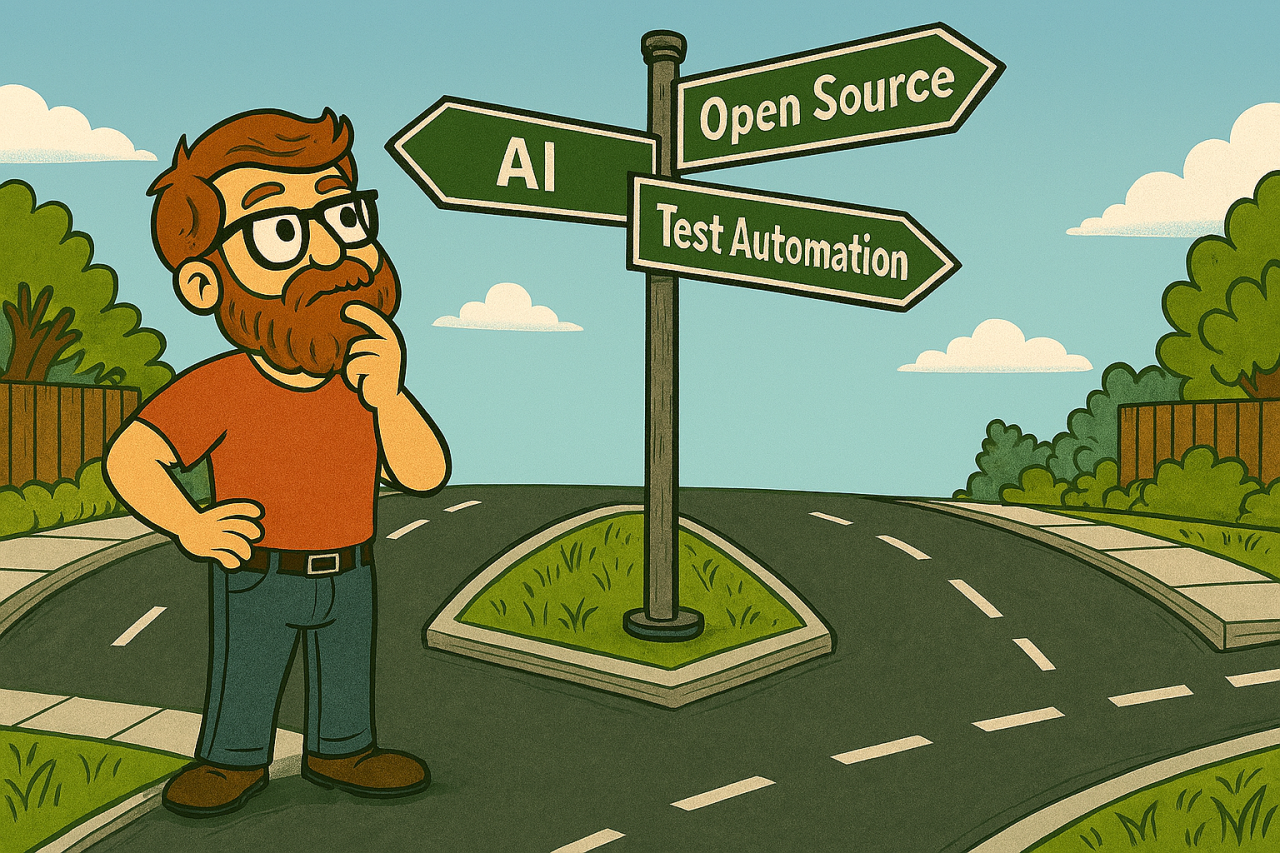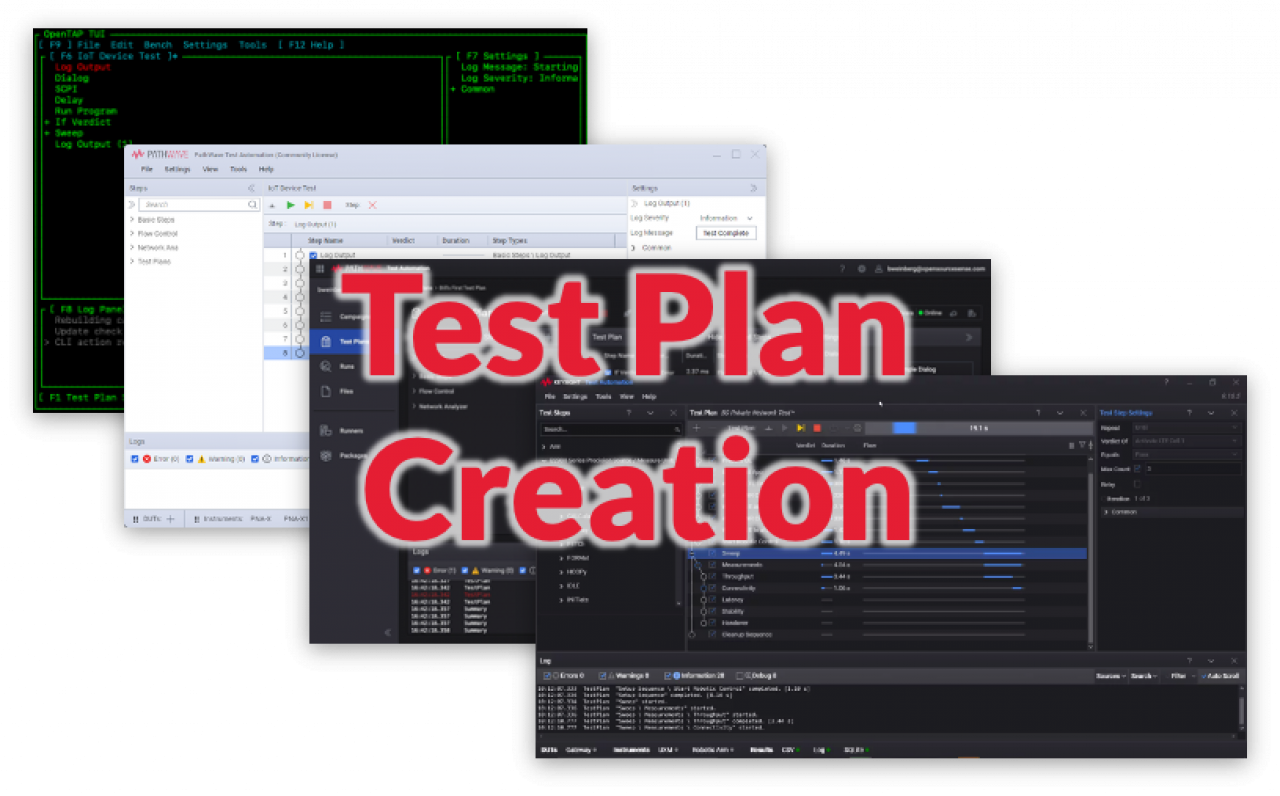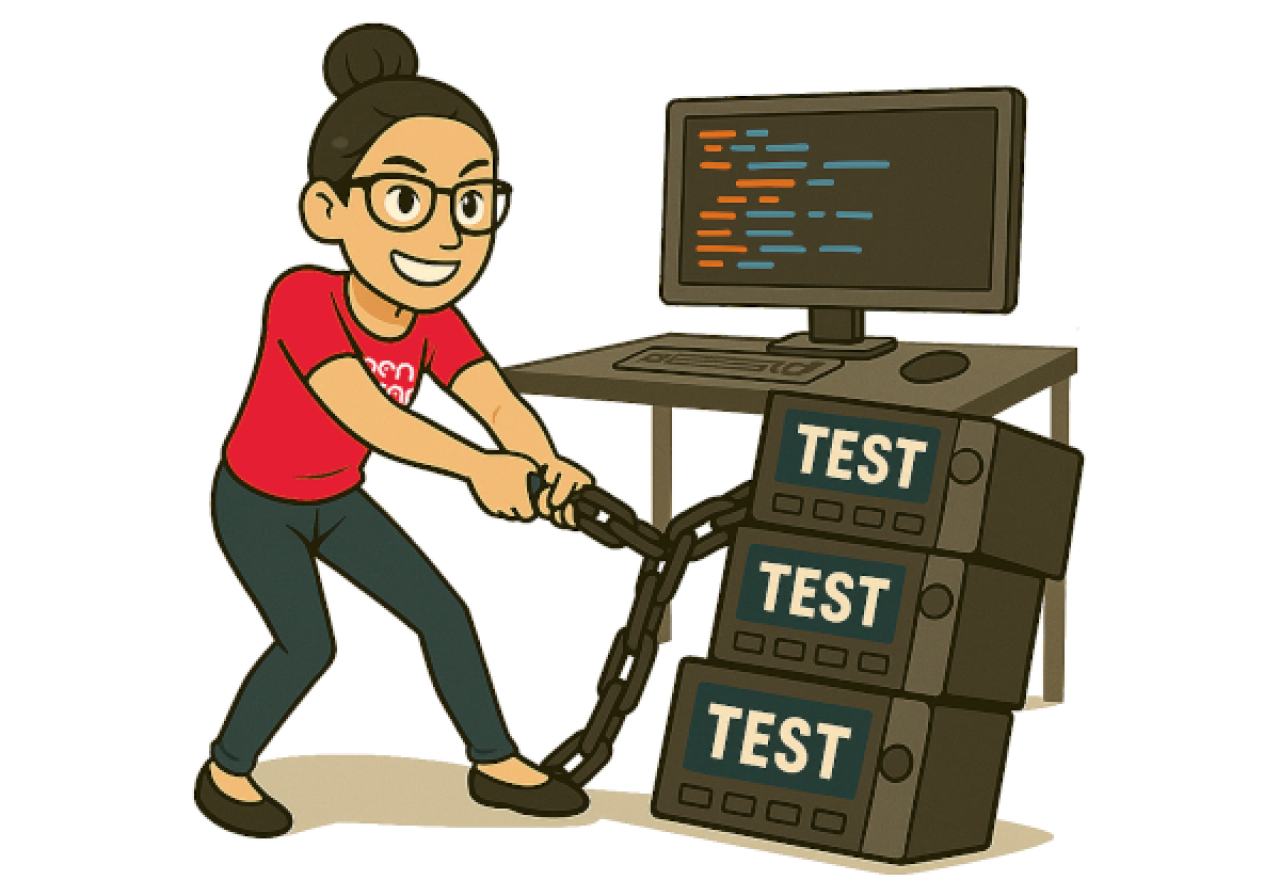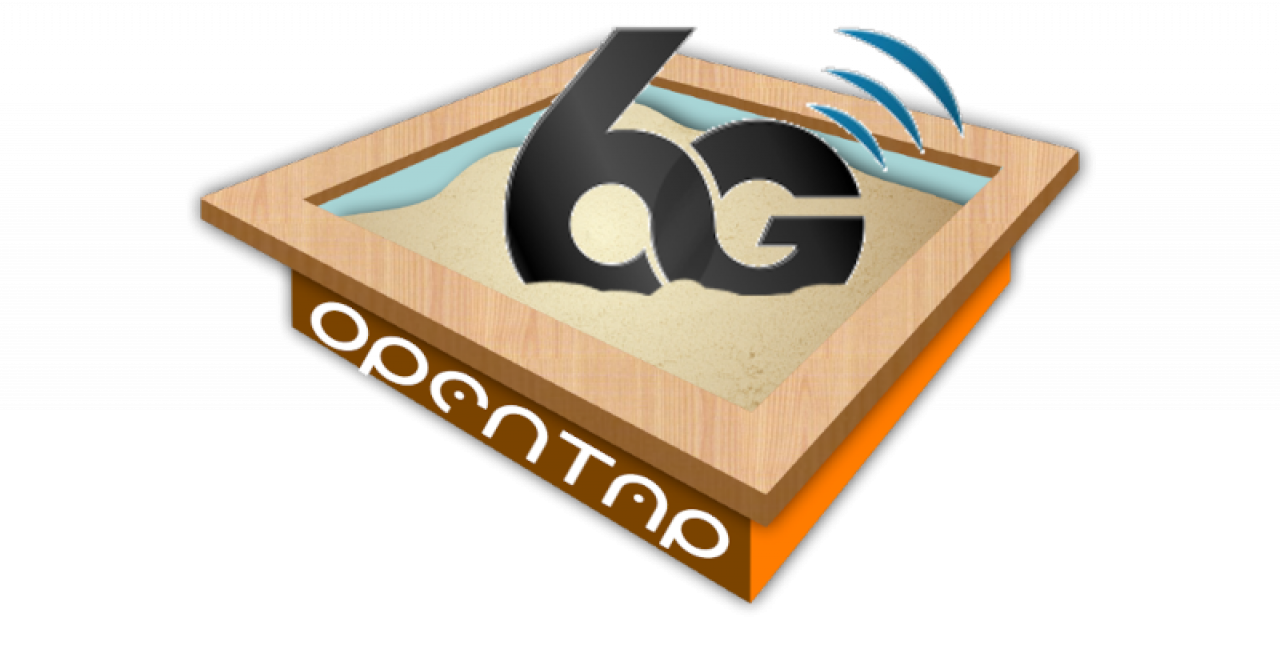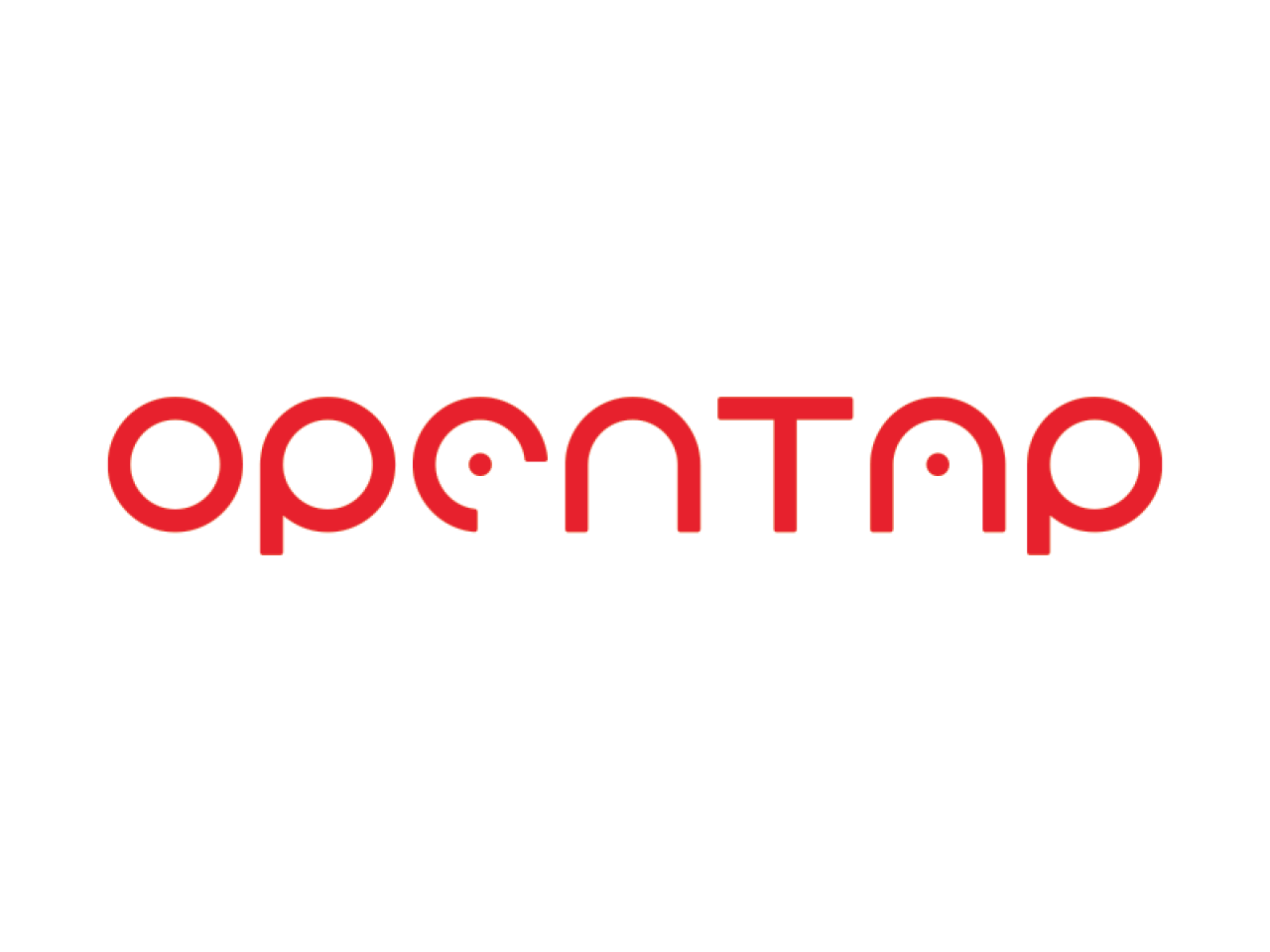
The most significant 2025 open source stories centered on three key themes: validation of commercial OSS (COSS), rising tension over license changes, especially regarding "source-available" licensing. and expansion of open source AI and infrastructure projects backed by big vendors. Also, while Linux and related FOSS projects remain important, in the spotlight were open source AI and several important tooling projects. This blog provides analysis and insights into these and related topics, on both commercial and technical angles.

